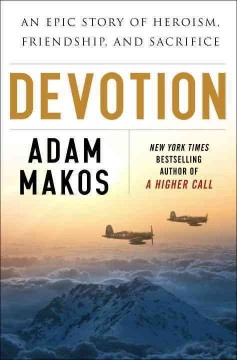This blog originally ran last year just before the release of Lemuria’s book Jackson: Photographs by Ken Murphy. We’ve been so grateful for the outpouring of love and hope for our great city that you’ve shared with us over the past year and a half; and we’re enormously proud of this book. Our hope is that every time you flip through its pages, you’re reminded of the Jackson you have loved, and join us in dreaming to achieve a great future for our home.
Written by Jimmie E. Gates, political writer/columnist at The Clarion-Ledger
When I was in my teens, one of my biggest thrills was coming to Farish Street in downtown Jackson.
It was the sight and sounds of a hustling mecca of black life. There were snappy dressed females with their hats. There were men dressed in classy suits, which made you think of The Apollo Theater or the old Cotton Club in Harlem. We had our Crystal Place on Farish Street, and for good measure, we had our Alamo Theater, which was a movie theater. I will never forget going to the Alamo Theater to watch Bruce Lee movies, Godzilla versus the Three-Headed Monster, and most of all watching actress Pam Grier in films.
Those were the days for me growing up. Farish Street was like a whole new world to me. There would be Mr. Armstrong selling Jet Magazines on Farish Street and vendors selling roasted peanuts in small bags and other items. The shoe shine guy, “Bear Trap,” would stay busy; there was a bakery/donut shop, but my favorite was the ice cream plant. Whenever we would be on Farish Street, we would always go by the ice cream plant. The ice cream man, whose name escapes me today, would give us ice cream bars. He would always be dressed in a white uniform and wearing a hat to match.
We would always come to Farish Street and shop. Although Farish Street was the mecca of black life in the 60s and 70s, many of the clothing stores and shoe stores were Jewish-owned.
I will never forget my Farish Street days. I don’t know when Farish Street began to deteriorate, but it probably occurred after the first mall opened in the city. Jackson Mall opened in 1969 followed by Metrocenter in 1978. Farish Street stores and other stores began to leave the downtown area for the malls.
We longed for the bygone days of our youths; sometimes wondering if we can recreate those years.
I pass the empty shell of the buildings lining Farish Street today wondering if the hustle and bustle of the street will ever live again.
Decades have gone by since Farish Street was the place to go. There have been talk about reclaiming the area as an entertainment district, but the talk hasn’t materialized into returning Farish Street to its heydays.
I know others have their own fond memories of places and things in Jackson that were once special to them. Farish Street was that place for me.
There was a song by the late Luther Vandross called “Dance With My Father” that was one of my favorites. The lyrics were based upon Vandross’ childhood memories of his late father and mother often dancing together. Vandross knew his dream could never come true when he wrote the song because his father was deceased. We all have our dreams; the dreams that would make us happy. Seeing Farish Street alive again with life and vitality would be a dream come true for me.
Ken Murphy will be joining us in the store all day today (December 23) and will be signing copies of all of his books!















